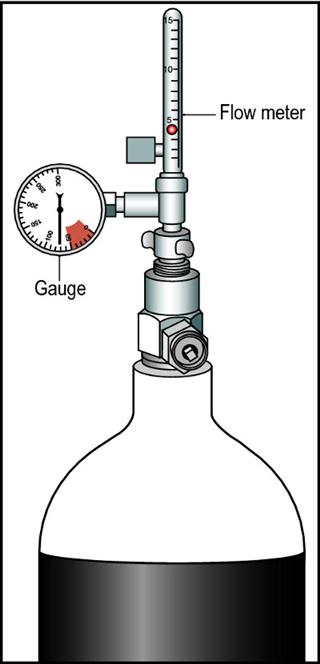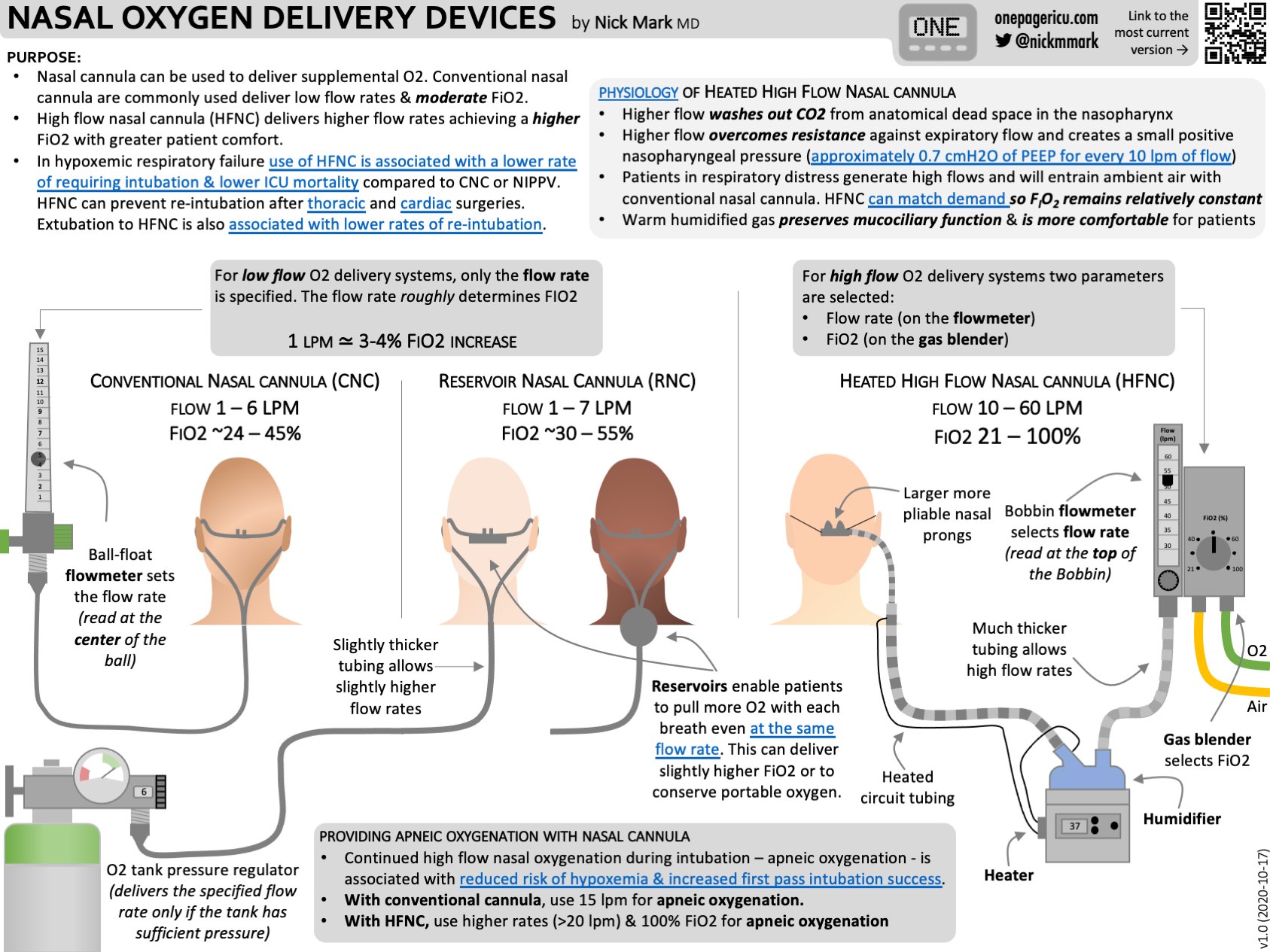oxygen delivery devices and flow rates uk
Higher flows 4 Lmin make it uncomfortable for the patient. Nasal cannulae Teleflex Medica 1.

Covid 19 And O2 Therapy Initial Prehospital Approach In Mild Symptomatic Patients Medest
Oxygen delivery device Oxygen flow rate.
. Oxygen delivery by TTOC bypasses the anatomical dead space in the upper airways and mouth allowing oxygen to pass directly into the trachea. Only goes up to 60 FIo2 so not for. Nasal Cannulae Recommended in the Guideline as suitable for most paBents with both type I and II respiratory failure.
Nonrebreathing mask amount of oxygen delivered 95. Can be used in. These are another type of Oxygen Delivery Devices can.
2 to 15 Lmin. Each valve is colour coded Figure 3 although. Low flow device Most common device used for mild hypoxia Can be set between 1 and 6 LPM 24 to 40 FiO2 FiO2 increases approximately 4 with each liter of.
Different devices tolerate different flow rates from 0-15Lmin and this flow rate can be set on the wall tap. Oxygen flow through a TTOC ranges between 05 and 4 Lmin 1. Designed to entrain a set.
Oxygen saturation and delivery system including flow rate should be recorded on the patients monitoring chart. Low flow O2 delivery device 05-6 Lmin. There are two important things to consider when delivering supplemental oxygen to your patient.
High-flow oxygen therapy is applied with a special binasal high-flow nasal cannula HFNC and a heated inspiratory. 2 flow rates of less than 2 L O 2 lmin or if minute ventilation is very high 4 Lmin of oxygen flow delivers an FiO 2 of about 03504 providing there is a normal respiratory pattern Flow rates. The type of humidification device selected will depend on the oxygen.
Prompt clinical assessment is required if oxygen therapy needs to be initiated or. Ensure delivery device is connected via tubing. You can breathe in the oxygen from its container either through nasal cannula or a face mask.
Deliver oxygen to paents. Venturi masks are high flow delivery devices. Flow rates of 2-4 litresmin are normally used.
Heated and humidified oxygen for babies Fi02 21-100 minimum flow rate 10 LPM venti mask humidifed oxygen low concentrations 24 26 28 or 31 high concentrations 35 40. The tip of nasal cannula should lie in nasopharynx. Oxygen delivery devices and flow rates should be adjusted to keep the oxygen saturation in the target range.
Oxygen therapy can be delivered using a low flow or high flow system. 50 - high humidity. High-flow oxygen therapy for spontaneously breathing patients.
The oxygen flow rate and the FiO2. Nursing implications of nasal. Where there is a risk of carbon dioxide retention target 88-92 start oxygen therapy using a 28 Venturi device and mask.
They have valves which deliver a fixed concentration of oxygen eg. All high flow systems require humidification. Adapters deliver set amounts of FiO2 at 24 to 60.
Lmin 1 Resultant oxygen concentration. The oxygen flow rate is the number that we dial up on the. A nasal cannula can be used to deliver up to six litres of oxygen a minute comfortably.
Can delivery precise and dependable FiO2. Oxygen delivery devices and flow rates should be adjusted to keep the. The percentage of oxygen delivery depends on the flow rate and the delivery.
Partial rebreathing mask amount of oxygen delivered 50-60. Delivers unpredictable oxygen concentrations between 22-35 that vary with flow rate and respiratory pattern and rate. So the maximum oxygen which can be delivered by nasal cannula is 44.
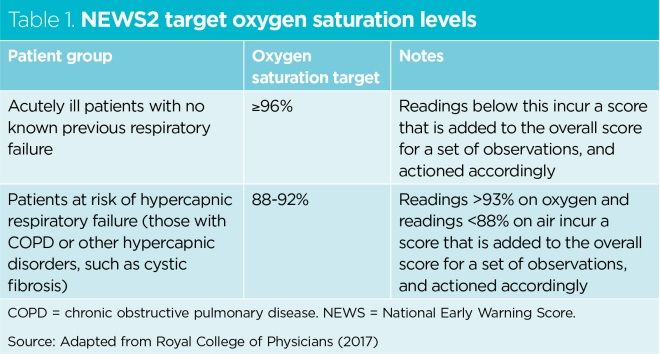
Ensuring The Safe Use Of Emergency Oxygen Therapy In Acutely Ill Patients Nursing Times

Types And Characteristics Of Oxygen Delivery Devices Download Table
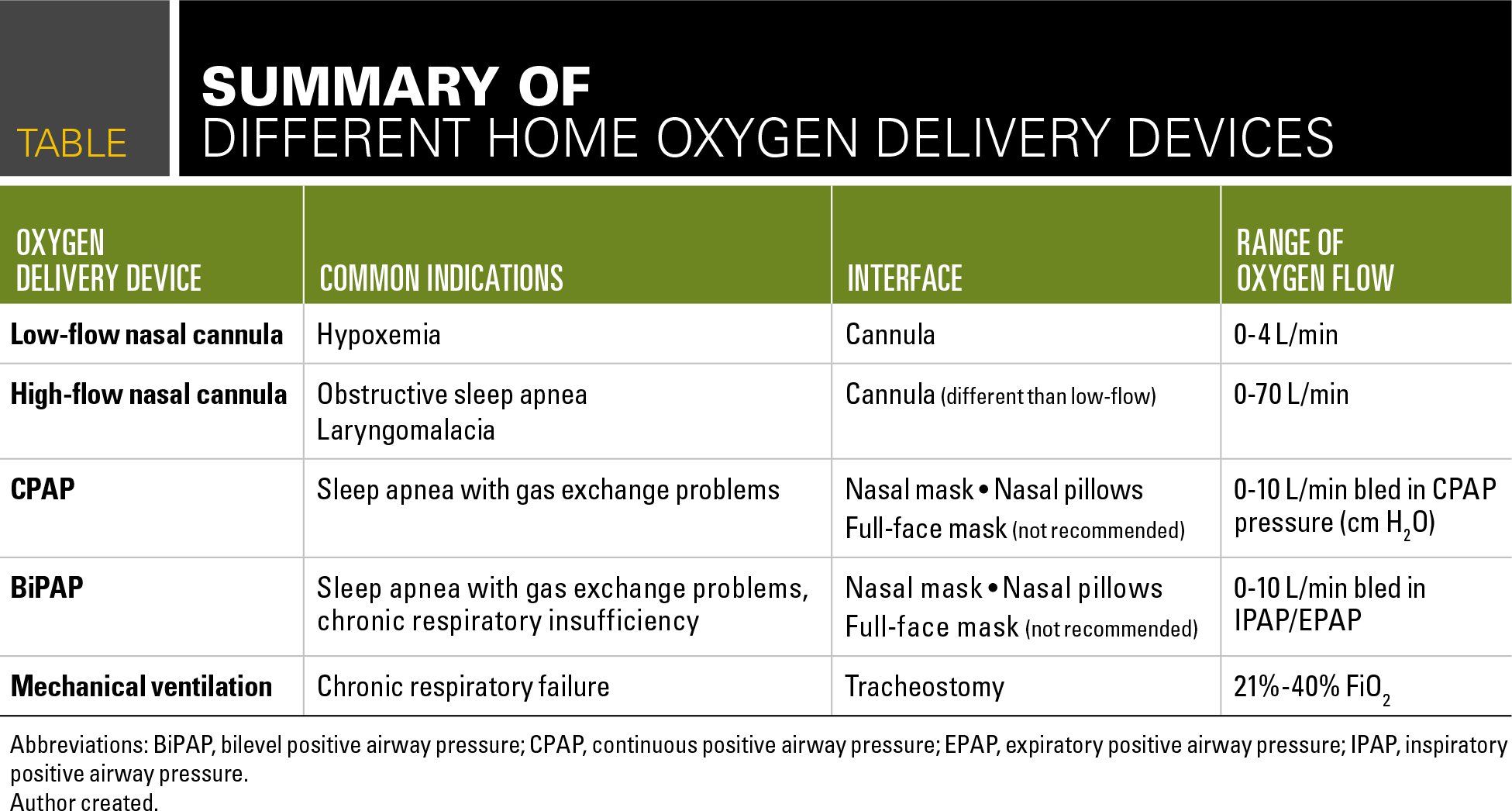
Oxygen Delivery In The Home Setting

Eastmidsfoamed On Twitter Based On The Positive Response To Our Oxygen Delivery Devices Poster Last Week We Ve Updated Our Lightninglearning On The Same Topic A Bonus Venturi Device Infographic High Resolution

Types And Characteristics Of Oxygen Delivery Devices Download Table
Clinical Guidelines Nursing Oxygen Delivery
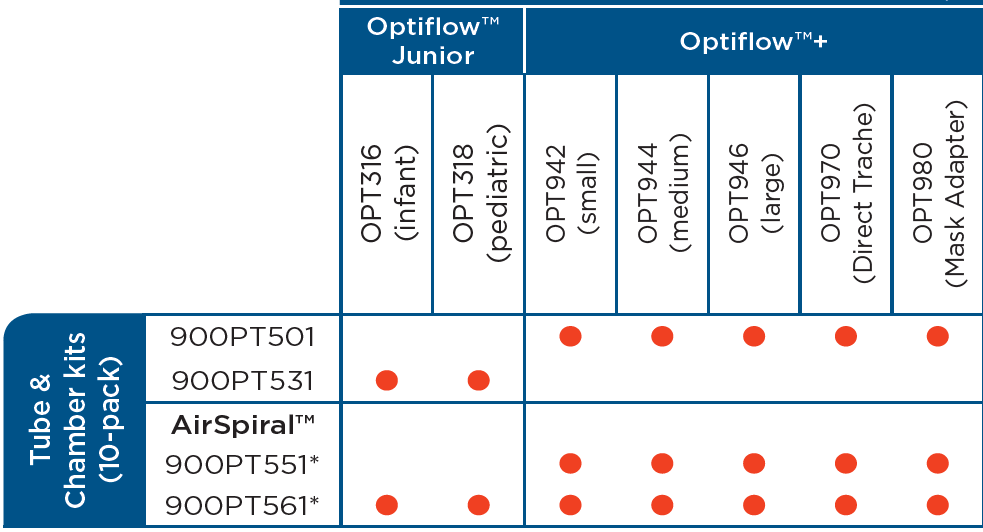
Clinical Guidelines Nursing Oxygen Delivery

Airway Equipment Overview Airway Devices Geeky Medics




